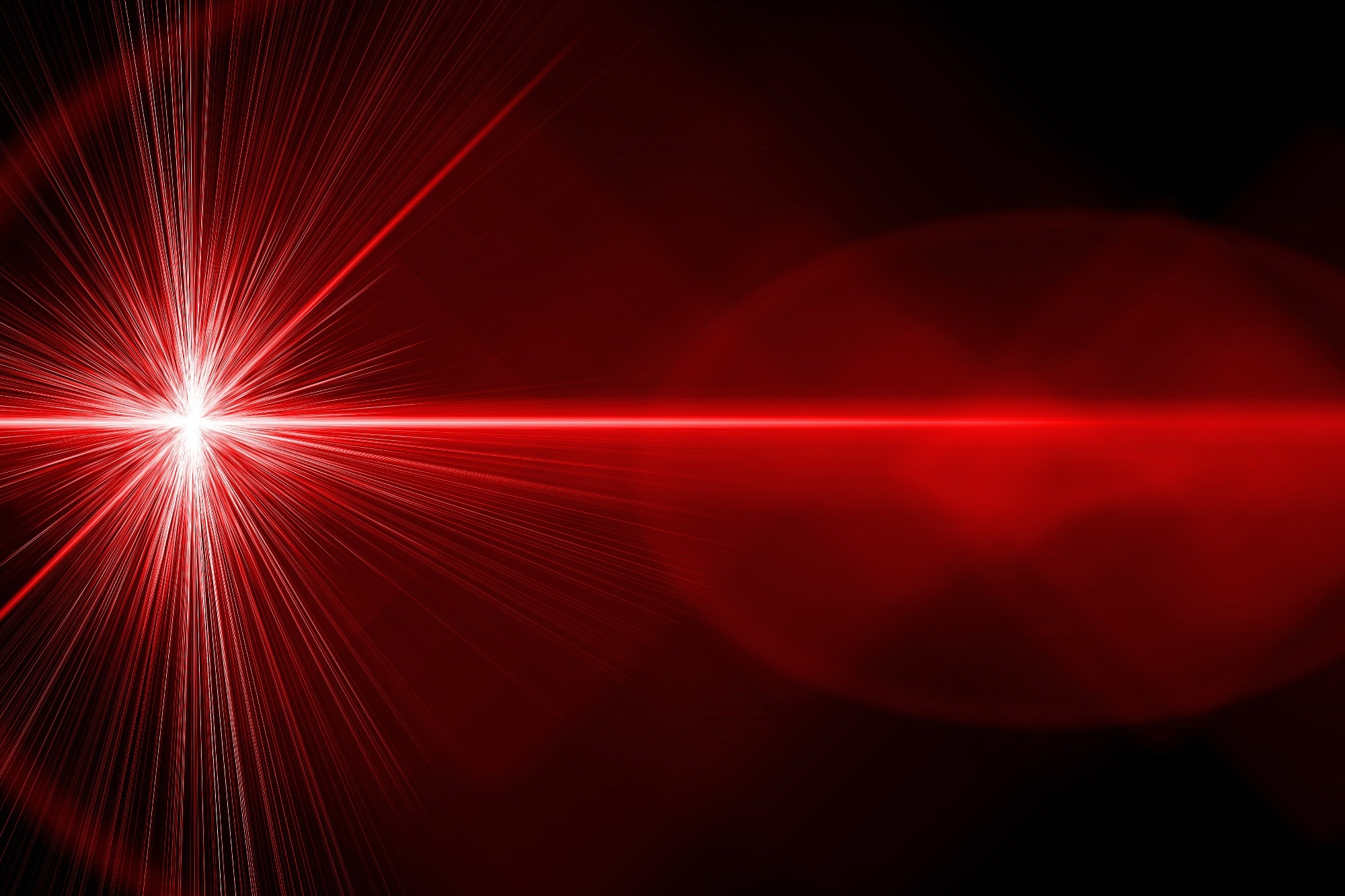The recent surge in energy demand has meant that batteries, in particular, Lithium-ion batteries (LIBs), have become an integral part of society, transforming the face of portable electronics, powering everything from cell phones, laptops, and smart devices to electric vehicles.

Image Credit: Juergen Faelchle/Shutterstock.com
LIBs are capable of delivering higher energy per unit volume or mass than other rechargeable battery systems and have enhanced reversible capacity, no hysteresis, and long-cycle stability. Thus, scientific attention is now on improving the structure, efficiency, current capacity and performance of LIBs to strengthen their future applicability.
Recently, researchers at North Carolina State University (NC State) conducted a joint study with battery testing researchers at the U.S. Department of Energy’s Oak Ridge National Laboratory. The team published their results in the journal Carbon, in which they demonstrated the potential to improve the performance of Li-ion batteries by using a powerful laser to deliver very short pulses onto Li-ion battery materials to induce tiny defects.
Nanosecond Pulsed Laser Annealing
Using a technique known as nanosecond pulsed laser annealing, the team was able to significantly improve both the cyclability and current carrying potential capacity of Li-ion batteries. This technique allows for microstructural engineering of the battery materials to increase the density of Li-ion trapping locations.
During the study, the researchers tested their technique on graphite, a material commonly used for constructing Li-ion battery anodes. By varying the pulses applied in arrays of 10 and 80 pulses, the team was able to compare the differences in power and current capacity.1
Material defects can be a nuisance, but if you engineer them correctly you can make them an advantage…This technique opens the door, so to speak, for lithium ions, so it enhances the current capacity. Graphite anodes consist of steps and grooves on the surface – creating more steps is like creating more doors for lithium ions to get in and get out, which is beneficial.
Jay Narayan, the John C. Fan Family Distinguished Chair in Materials Science, NC State
Laser Focused Improvements
When it came to comparing the results between the arrays of 10 pulses and 80 pulses, the team looked for the optimal number of pulses required to increase the current capacity. They found that the current capacity showed an increase of around 20% closer to the ten pulse mark as at the upper end of the pulse scale, an excess of defects could, in fact, compromise battery performance.
Lithium-ion has a positive charge, so if it captures an electron it becomes lithium metal, and you don’t want that… Lithium metal shoots out tiny wire dendrites from the graphite anode and can cause a fire. So you want to make sure that a lithium ion doesn’t become a metal.
Jay Narayan, the John C. Fan Family Distinguished Chair in Materials Science, NC State
The team reported that nanosecond pulsed laser annealing also creates vacancies, or missing atoms, which at the microscale create tiny pockets that lithium ions can pass in and out, boosting the current capacity.
The laser-focused improvements could allow Li-ion battery manufacturers to use nanosecond pulsed laser annealing with existing technology to produce enhanced anodes and cathodes.
These high-powered lasers exist, and you can treat anodes and cathodes within a microsecond.
Jay Narayan, the John C. Fan Family Distinguished Chair in Materials Science, NC State
The vacancies created by the microstructural laser treatment technique were also found to enhance Li-ion absorption during charging and discharging cycles, thereby improving battery cyclability.
In their next stage of development, the NC State and U.S. Department of Energy collaboration will focus on finding ways to bring less expensive materials to the table and eliminate the use of precious metals such as cobalt in battery manufacturing to create cost-effective, more efficient batteries that last longer and deliver more power.
References and Further Reading
- Kulikowski, M. (2023) Microstructure and defect engineering improves performance of lithium-ion batteries, NC State News. Available at: https://news.ncsu.edu/2023/02/defects-improve-lithium-ion-battery-performance/
- Khosla, N. et al. (2023) “Microstructure and defect engineering of graphite anodes by pulsed laser annealing for enhanced performance of lithium-ion batteries,” Carbon, 205, pp. 214–225. Available at: https://www.sciencedirect.com/science/article/pii/S000862232300009X.
Disclaimer: The views expressed here are those of the author expressed in their private capacity and do not necessarily represent the views of AZoM.com Limited T/A AZoNetwork the owner and operator of this website. This disclaimer forms part of the Terms and conditions of use of this website.